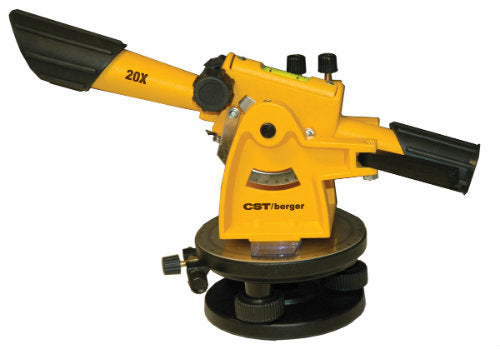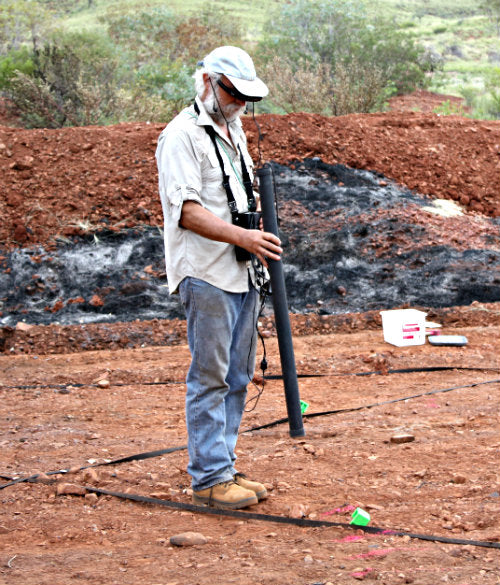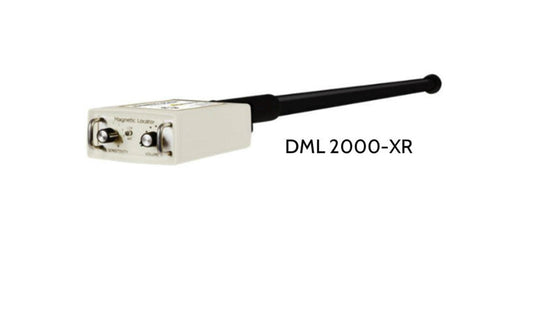If it's buried - find it
A Magnetic Locator will find only ferrous metals, generally at greater depths. The magnetic locator will not 'see' other types of metals and so will not be subject to signal interference from them - things like aluminum cans, pull tabs, wire and other common "trash" materials found in many environments. Most ideal tool for the surveyor and many other trades it locates cast or ductile iron pipes, corner markers, curb & valve boxes, steel enclosures, mag & PK nails, manhole covers, marker magnets, reinforced septic tanks, steel pipes, UXO, well casings.


Ground-Penetrating Radar (GPR) is a geophysical method that uses radar pulses to image the subsurface.
GPR has many applications in a number of fields. In archaeology it is used for mapping sites and cemeteries. GPR is used in law enforcement for locating clandestine graves and buried evidence. Military uses include detection of mines, unexploded ordnance, and tunnels. One of the other main applications for ground-penetrating radars is for locating underground utilities. GPR detects variations in dielectric properties in the subsurface, it can be highly effective for locating non-conductive utilities. Applications include a variety of media, including rock, soil, ice, fresh water, pavements and structures. In the right conditions, operators can use GPR to detect subsurface objects, changes in material properties, voids and cracks.
Frequently asked Question about the Site Pro Smart Track Magnetic Locator
Q: What is the difference between the CST/Berger Magna Track, made in Malaysia and the latest SMART-Track Locator made in USA ?



